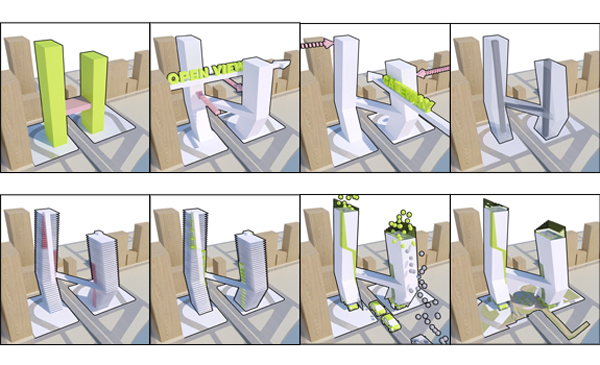Results from publically-funded research often ends up in places that the average person can’t access the findings because scientific (and other) journals where results are printed cost an arm and a leg. Physicists, who are already renowned for being open, have taken the next logical step and said that any research paid for by public funds will be available for all for free!
After six years of negotiation, the Sponsoring Consortium for Open Access Publishing in Particle Physics (SCOAP3) is now close to ensuring that nearly all particle-physics articles — about 7,000 publications last year — are made immediately free on journal websites. Upfront payments from libraries will fund the access.
…
Mele says that the goal of SCOAP3 is to switch the discipline’s journals to open access without researchers noticing any effect on their grant funding or on the way they publish papers. The consortium will pay the contracts from an annual budget of €10 million, which is funded not by authors or research grants, but by pledges from more than a thousand libraries, funding agencies and research consortia across the world. In effect, existing journal subscription fees are being repurposed to provide the open-access funds.

